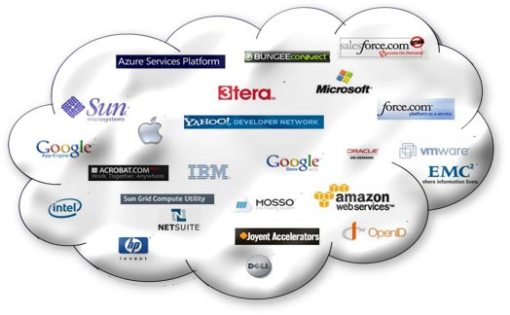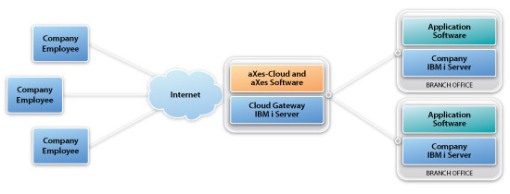Cloud Appliances for Private Clouds
Cloud computing technologies have the ability to deliver a vast array of important benefits, including the option to leverage compute and storage resources on-demand. Public clouds are the most visible form of this. But, some organizations need important applications and workloads to be operated behind their firewall.
The size of modern data sets makes it difficult to send over the internet to a public cloud data center. Management most likely has security concerns about data being stored in a facility outside of IT’s control. Often times there is specific hardware, software, or storage requirements that cannot be adhered to in public cloud ecosystems. In response, many organizations are leveraging private clouds.
There are two basic approaches to deployment of a private cloud environment: Build your own or purchase an appliance.
Build Your Own Private Cloud
With organizations operating their own compute, storage and network resources, one option to look into is redeploying these existing instances into a private cloud. Due to the trend of server consolidation, many of these machines may already be operating a virtualization layer. Beginning from this point, deploying infrastructure (IBM, VMWare, etc.) is a logical nest step.
Erecting a private cloud takes more than piling software layers on top of existing resources. Unfortunately, many enterprises may not have the internal resources and expertise to take on this integration workload. This is where a consulting firm like Nubifer can play an integral role in solving these vexing problems.
The Open Source Alternative
With proprietary and trade-marked technology comes the issue of being stuck with a specific vendor. In response, open-source options have evolved. Rackspace CEO Lew Moorman said his company opted to leverage OpenStack to open-source the software behind the cloud computing stack “because we believe a widely adopted, open platform will drive standards.” In the past 6 months, more than 50 companies had joined the community.
Opposition to adopting open source does exist. For example, the OpenStack code base is still very immature, and features such as supporting ‘VMware hypervisors’ and live migration of instances are still in development.
Also, IT folks need to download the releases and install themwith the existing compute, storage and networking infrastructure. This brings up another potential deal breaker: do you burden your internal IT staff with these modifications? Nubifer is here to help…
Cloud Appliances
An evolving method to deploying a private cloud is by leveraging a cloud appliance. A cloud appliance is a rack of computing resources delivered tested and ready to go, with the software versioned and configured. When the appliance is plugged in to power and the network, you’re ready to go.
For example, Nubifer partner, IBM, sells a private cloud appliance. This appliance blends standard hardware components and x86-based servers. By deploying an integrated cloud appliance, IT is spared the time it would take to build its own. This frees up an organization to enterprise to focus on delivering business value rather than building IT componentry.
IBM’s private cloud offering is an integrated solution combining self-service, orchestration, and automation for heterogeneous resource pools.
Cloud appliances have drawbacks, though. For example, new equipment is bought as part of the appliance, versus redeploying existing components.Because of this, an organization would probably consider an appliance during a hardware refresh cycle. In addition, there are a limited amount of pre-configured models, leading to a one size does not fit all situation.
Organizations are attempting to focus more on primary business functions, which for most does not include constructing IT infrastructure. All while public clouds are leveraging standardization to lower costs and offer greater levels of agility.
However, many workload requirements inhibit moving data sets to public cloud environments, spawning the deployment of private clouds. However, when an enterprise considers building a private cloud, it’s back in the discussion of building out IT infrastructure.
Cloud appliances offer a potential solution. By pre-integrating all components, IT simply plugs in and turns the power on. And after all, when buying a new car, you would prefer to turn the key and go, versus huddling hour upon hour reading the user manual. Why shouldn’t your private cloud deliver a similar experience?
For more information on private cloud implementation contact a Nubifer representative.


